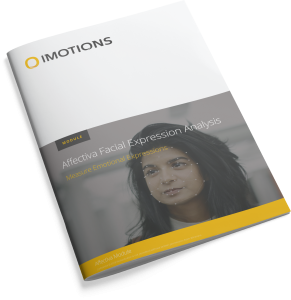Past research has demonstrated that ultraviolet (UV) photos – which reveal skin damage as dark patches – can increase preventive behaviors. Emerging camera technology facilitates personalized UV photos for interventions, yet little is known about how personalized photos compare to other visuals and what cognitive or affective mechanism explains their persuasive impact. To engage this research line, the current study compared the impact of personalized UV (PUV), stock UV (SUV), and non-UV (NUV) photos and, to advance theorizing on fear appeals, explored underlying affective mechanisms including physiological fear. A sample of 169 undergraduate students participated in a 3 (Visual conditions: PUV, SUV, NUV) × 2 (Efficacy conditions: No efficacy and Efficacy) between-participants message experiment on a computer equipped with iMotions 6.4 that tracked real-time physiological responses (facial expression and skin conductance). Results demonstrated that PUV skin damage photos produced significantly greater self-reported fear and positive valence (detected by facial expression analysis) than NUV and SUV visuals. Mediation analysis demonstrated that fear had a significant indirect effect on the relationship between exposure to PUV skin damage visuals and behavior expectations.
Scientific Publications from Researchers Using iMotions
iMotion is used for some of the most interesting human behavior research studies done by top researchers around the world. Contact us to have your publication featured here.
All Publications













